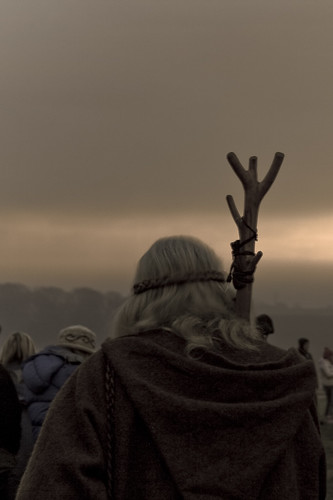She may not be to everyone’s taste, but don’t knock her – this tiny mammoth tusk temptress is looking good for her 35,000 years. Discovered last year in the southwest German cave of Hohle Fels, the somewhat ironically-named Venus is believed to be the earliest form of figurative art – made by the first homo sapiens to settle in Europe. It predates other finds by up to 5,000 years, bringing Europe further in line with engravings found in Africa, which still predate the find. Dr Nicholas Conard of Tubingen University, Germany, told pre-eminent journal Nature that the discovery ‘radically changes our view of the origins of Paleolithic art.’
The 6cm (2.3″) vixen is said to be a fertility symbol – and was found in the cave alongside various tools used by early humans. And if today’s lad’s mags are anything to go by, the Venus of Hohle Fels wouldn’t look out of place alongside glamour girls like Jordan, with her big breasts and pert bottom. Maybe not Paleolithic porn, but certainly a prehistoric princess.
Image by Bartvandamme. All rights reserved.



